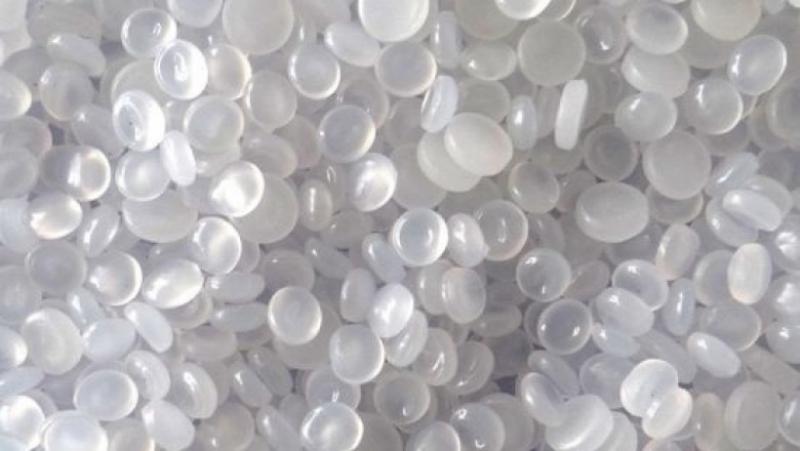Ethylene Vinyl Acetate (EVA) is a copolymer that has gained significant popularity and widespread use in various industries. Combining the properties of ethylene and vinyl acetate, EVA offers a unique blend of flexibility, durability, and impact resistance. In this blog, we will delve into the characteristics, applications, and benefits of EVA, highlighting its importance in today's manufacturing landscape.
According to Coherent Market Insights the Global Ethylene Vinyl Acetate (EVA) Market Size was valued at USD 1,349.71 million in 2021 and is anticipated to witness a compound annual growth rate (CAGR) of 4.89% from 2022 to 2030.
Understanding EVA's Properties
Ethylene Vinyl Acetate is a thermoplastic material, which means it can be easily melted and molded into different shapes and forms. Its ethylene content contributes to its flexibility, while the vinyl acetate component enhances its adhesive properties, resilience, and transparency. The ratio of ethylene to vinyl acetate determines the specific characteristics of EVA, such as its softness, hardness, and melt flow index.
Versatile Applications of EVA
One of the key reasons behind EVA's popularity is its versatility, as it finds applications in numerous industries. In the footwear industry, EVA is extensively used to produce comfortable and cushioned midsoles and insoles. Its shock absorption properties help reduce foot fatigue and enhance overall comfort.
EVA is also widely employed in the packaging industry due to its excellent transparency and resistance to environmental factors. It serves as an effective material for food packaging, as it maintains the freshness and integrity of the packaged goods.
Moreover, EVA is a vital component in the solar energy sector. It is used as an encapsulant in solar panels, protecting the photovoltaic cells from moisture, UV radiation, and mechanical stress. EVA's transparency ensures maximum light transmission, leading to improved energy efficiency.
Benefits of EVA
EVA offers numerous benefits that make it a preferred choice for manufacturers across various industries. Its exceptional flexibility and elasticity make it ideal for applications that require impact resistance, such as sports equipment and protective gear.
Furthermore, EVA is a low-cost material with good processability, making it an economically viable option for mass production. Its ability to be easily injection molded, extruded, and thermoformed allows for efficient manufacturing processes, reducing production time and costs.
Another advantage of EVA is its compatibility with other materials. It can be easily blended with additives, fillers, or other polymers to enhance specific properties such as flame resistance, UV stability, or conductivity, expanding its range of applications even further.
Ethylene Vinyl Acetate (EVA) is a remarkable copolymer with a wide range of applications and benefits. Its unique combination of flexibility, durability, and processability makes it an invaluable material in industries like footwear, packaging, and solar energy. EVA's versatility and compatibility with other substances contribute to its prominence in manufacturing processes worldwide. As technology advances and new applications emerge, EVA is expected to continue playing a significant role in shaping the future of various industries.
